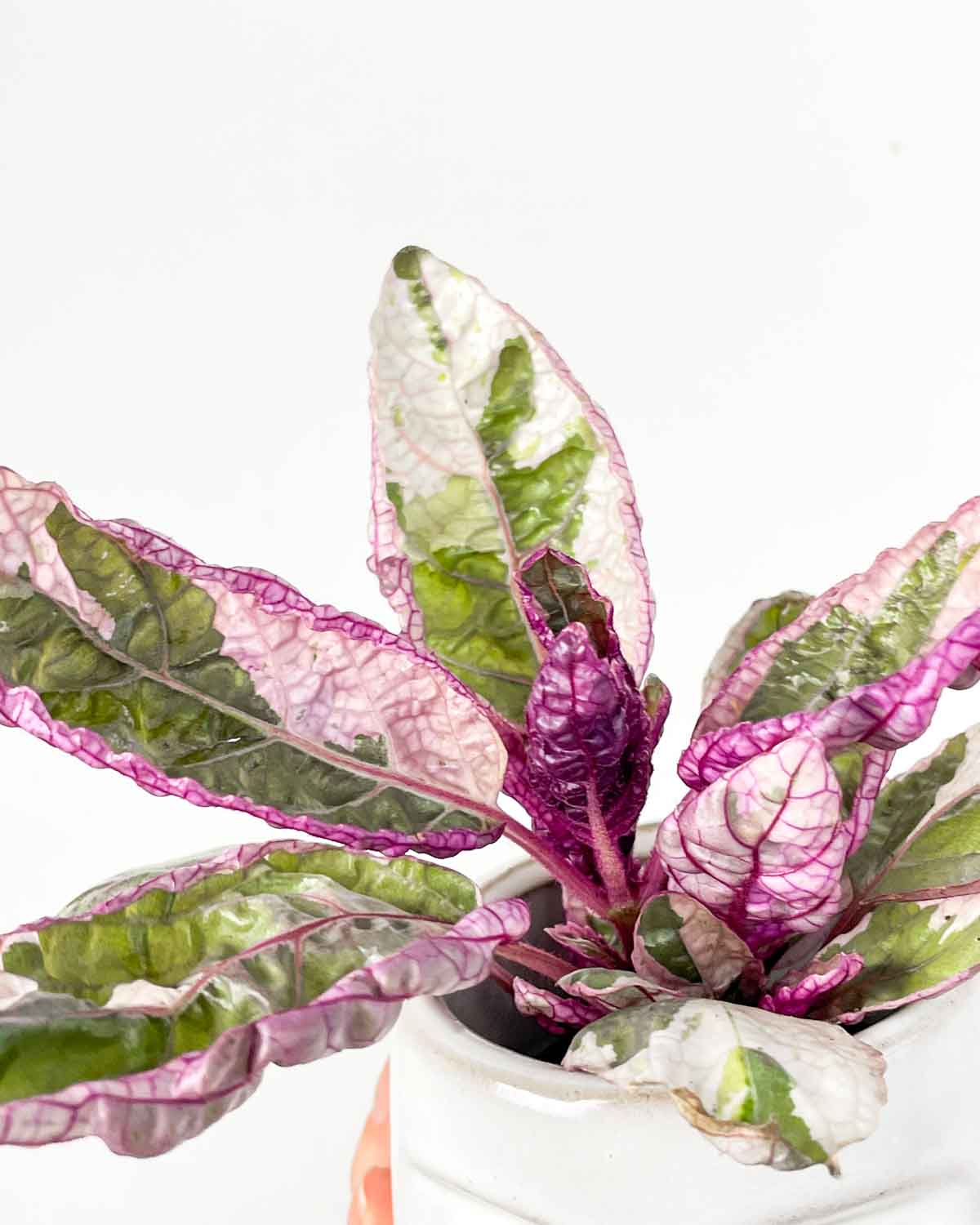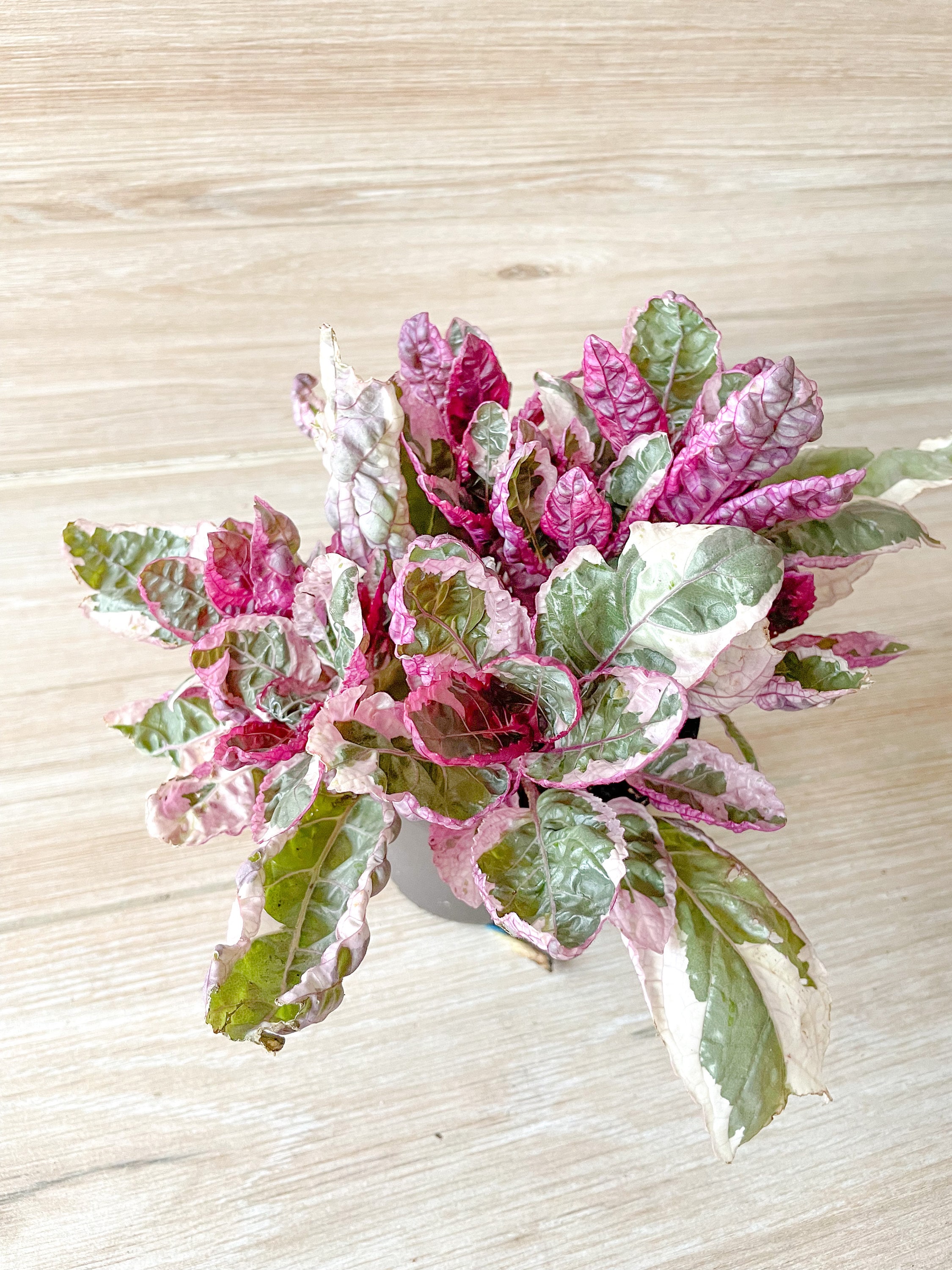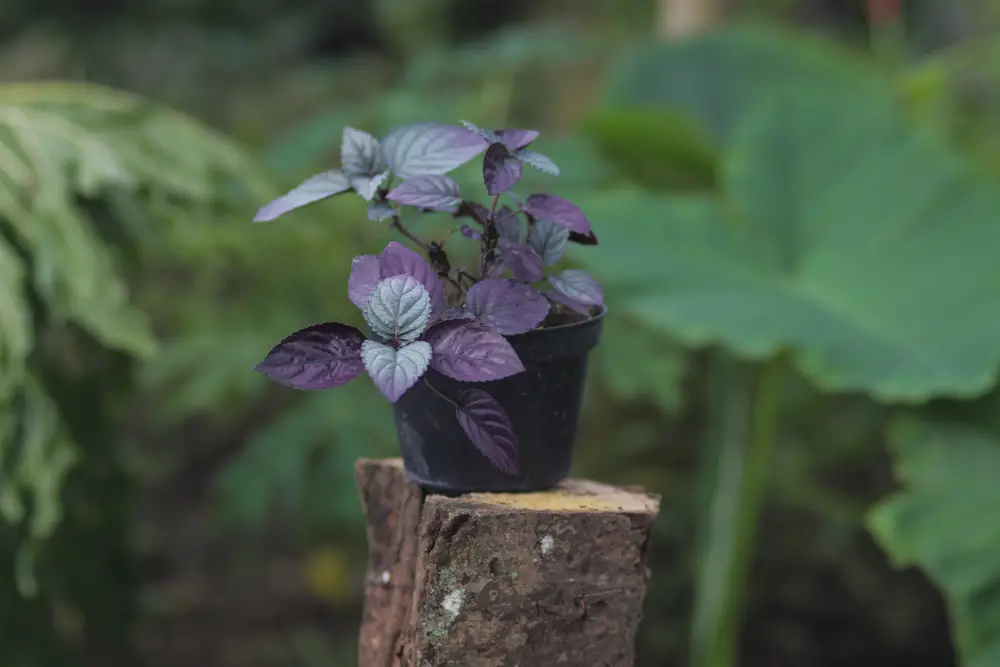Are you looking for a unique and eye-catching addition to your indoor garden? Look no further than the snow white waffle plant care! With its beautiful white and green foliage and easy care requirements, this plant is perfect for both beginner and experienced gardeners. In this article, we will discuss everything you need to know about caring for your snow white waffle plant, from its ideal growing conditions to common issues and FAQs.
Ideal Growing Conditions for Snow White Waffle Plants

Light and Temperature
Snow white waffle plants thrive in bright indirect light, making them an excellent choice for indoor gardens. However, be sure to avoid placing them in direct sunlight as it can cause leaf burn. The ideal temperature for these plants is between 65-80°F (18-26°C). They can tolerate slightly lower temperatures, but it’s best to keep them away from drafts or extreme changes in temperature.
Watering and Humidity
When it comes to watering, snow white waffle plants prefer consistently moist soil, but not waterlogged. Overwatering can lead to root rot, so it’s important to let the top inch of soil dry out before watering again. These plants also thrive in high humidity, so misting the leaves regularly or placing them near a humidifier can help keep them happy and healthy.
How to Water a Snow White Waffle Plant:
- Check the top inch of soil using your finger – if it feels dry to the touch, it’s time to water.
- Slowly and evenly pour water onto the soil until it starts to drain from the bottom of the pot.
- Let the pot drain completely before placing it back in its spot.
- Avoid getting water on the leaves as it can cause spotting or fungal diseases.
Potting and Fertilizing Your Snow White Waffle Plant

Potting
When selecting a pot for your snow white waffle plant, choose one that has good drainage and is slightly larger than the root ball. These plants have shallow roots, so a wide but shallow pot is ideal. Use a well-draining potting mix, or create your own by mixing equal parts peat moss, perlite, and vermiculite.
How to Repot a Snow White Waffle Plant:
- Gently remove the plant from its current pot, being careful not to damage the roots.
- Place a layer of fresh potting soil in the new pot, filling it about one-third full.
- Carefully place the plant in the pot, making sure it’s centered and upright.
- Fill in the remaining space with potting soil, lightly pressing it down around the plant.
- Water thoroughly.
Fertilizing
Snow white waffle plants don’t require frequent fertilization, but you can use a balanced liquid fertilizer once a month during the growing season to promote healthy growth. Be sure to dilute the fertilizer to half the recommended strength as these plants are sensitive to excess nutrients.
Common Issues and How to Solve Them

Yellowing Leaves
One common issue with snow white waffle plants is yellowing leaves. This can be caused by overwatering, underwatering, or inadequate light. To solve this problem, adjust your watering schedule and make sure your plant is getting enough indirect light.
Pests
Like most indoor plants, snow white waffle plants can also attract pests such as mealybugs and spider mites. Regularly inspect your plant and treat any infestations promptly with an organic insecticidal soap. You can also prevent pests by regularly misting your plant and keeping it in a humid environment.
Leggy Growth
If your snow white waffle plant starts to grow tall and leggy, it may be a sign that it’s not getting enough light. Move your plant to a brighter spot or supplement with artificial grow lights.
Frequently Asked Questions (FAQs)

Can I propagate my snow white waffle plant?
Yes, you can propagate snow white waffle plants through stem cuttings. Simply take a cutting from the top of the plant and place it in water until roots develop, then transfer it to soil.
How often should I repot my snow white waffle plant?
These plants have shallow root systems, so they don’t need to be repotted frequently. Repot every 1-2 years or when the roots start to outgrow the pot.
Is the snow white waffle plant toxic to pets?
Yes, these plants are toxic to pets if ingested. Keep them out of reach of curious pets or opt for non-toxic alternatives like spider plants or air plants.
My snow white waffle plant is developing brown spots on its leaves, what could be causing this?
Brown spots on the leaves can be caused by overwatering, underwatering, or fungal diseases. Make sure to check the soil moisture levels and adjust your watering accordingly. If the problem persists, it may be a sign of a fungal disease, and you should treat it promptly with a fungicide.
Can I keep my snow white waffle plant outside during the summer?
Yes, these plants can be kept outside in a shaded area during the summer, as long as the temperature stays within their preferred range of 65-80°F (18-26°C).
Conclusion

The snow white waffle plant, also known as the Mosaic Plant or Fittonia albivenis, is a popular choice for indoor gardening due to its striking appearance and easy care requirements. This tropical plant features deep green leaves with intricate white veins, giving it a unique and eye-catching look. Not only is it aesthetically pleasing, but it also has air-purifying properties, making it a great addition to any indoor space.
To ensure that your snow white waffle plant thrives and remains healthy, there are a few key factors to keep in mind. These include providing adequate light and humidity, regular maintenance, and addressing common issues that may arise.
First and foremost, it is important to place your snow white waffle plant in an area where it can receive bright, indirect light. This means placing it near a window that receives plenty of natural light, but not in direct sunlight. Direct sunlight can cause the delicate leaves to burn and turn brown, so it is best to avoid this. If you do not have a suitable spot near a window, you can also use artificial grow lights to provide your plant with the necessary light it needs to thrive.
In addition to light, humidity is another crucial factor for the snow white waffle plant. Being a tropical plant, it requires high levels of humidity to thrive. If the air in your home is dry, you can increase humidity by misting your plant regularly or placing it on a tray filled with pebbles and water. You can also invest in a humidifier to maintain consistent humidity levels for your plant.
Regular maintenance is also essential for the health of your snow white waffle plant. This includes watering, pruning, and fertilizing. It is important to keep the soil consistently moist, but not soggy. Overwatering can lead to root rot, which can be fatal for your plant. On the other hand, allowing the soil to dry out completely can cause the leaves to wilt and turn brown. To ensure that you are watering your plant correctly, check the soil moisture level with your finger before watering. If the top inch of soil feels dry, it is time to water.
Pruning is also necessary to keep your snow white waffle plant looking its best. Regularly remove any dead or damaged leaves to promote new growth. You can also pinch off the tips of the stems to encourage a fuller and bushier plant.
Fertilizing your snow white waffle plant once a month during the growing season can also help promote healthy growth. Use a balanced liquid fertilizer diluted to half strength to avoid over-fertilization, which can damage the plant.
Despite its easy care requirements, the snow white waffle plant may still encounter some common issues. One of the most common problems is pests, such as spider mites and mealybugs. These pests can be easily treated with insecticidal soap or neem oil. It is important to regularly check your plant for any signs of pests and treat them promptly to prevent further damage.
Another issue that may arise is leaf browning. This can be caused by various factors, including low humidity, overwatering, or direct sunlight. By addressing these issues and adjusting your care routine accordingly, you can prevent further leaf browning and promote healthy growth.
In conclusion, the snow white waffle plant is an excellent addition to any indoor garden due to its striking appearance and easy care requirements. By providing adequate light and humidity, regular maintenance, and addressing common issues, you can enjoy a healthy and vibrant plant for years to come. Remember to regularly check on your plant, adjust your care routine as needed, and your snow white waffle plant will thrive in your home. Happy gardening!

